Languages have been the lifeblood of civilizations, carrying their stories, beliefs, and wisdom across generations. Many ancient cultures are now long gone, and so are the languages that once defined them. These lost languages, though no longer spoken, offer invaluable insights into the societies that flourished millennia ago. In this article, we explore eight ancient languages and the civilizations they represented.
Sumerian – Ancient Mesopotamia
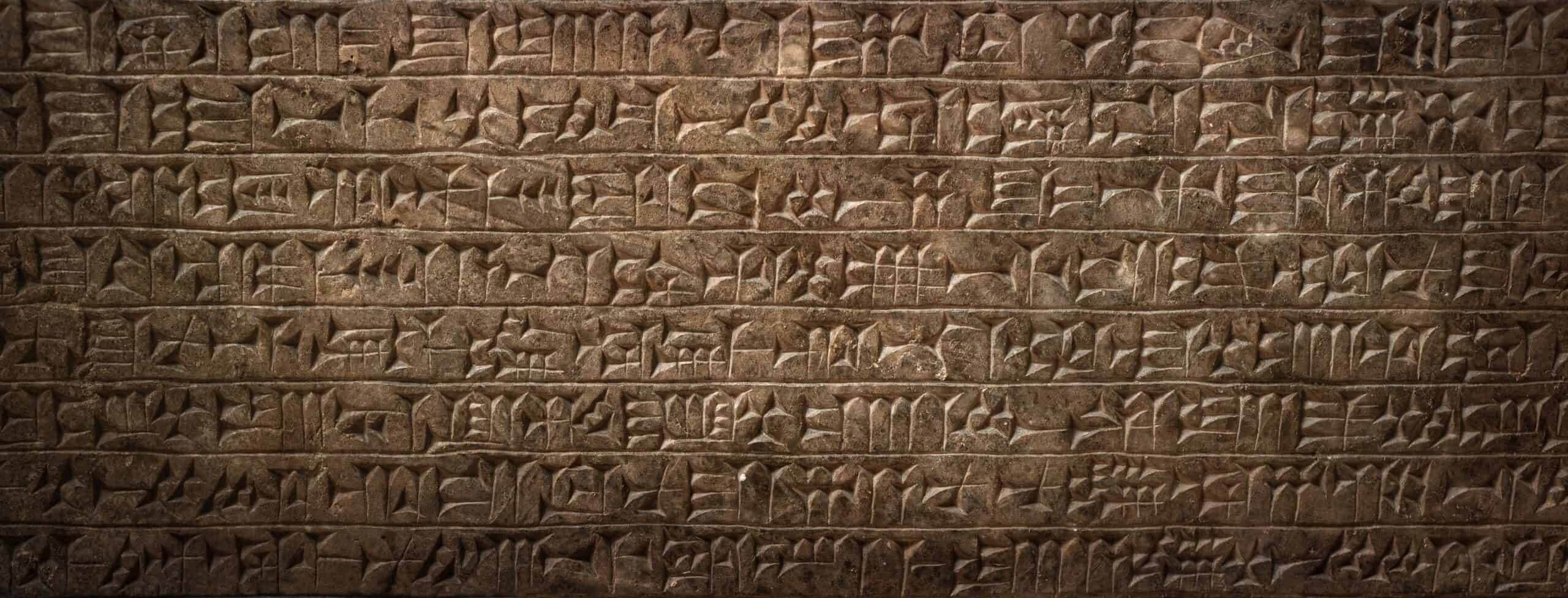
Sumerian was the earliest known written language, spoken in southern Mesopotamia. It developed alongside the world’s first cities, like Ur and Uruk. Sumerians used cuneiform script, etched into clay tablets, to document everything from laws to poetry. This language shaped much of Mesopotamian culture and governance. Its influence persisted even after Sumerian faded from everyday use, as cuneiform writing continued in later cultures.
Akkadian – Assyrian and Babylonian Empires
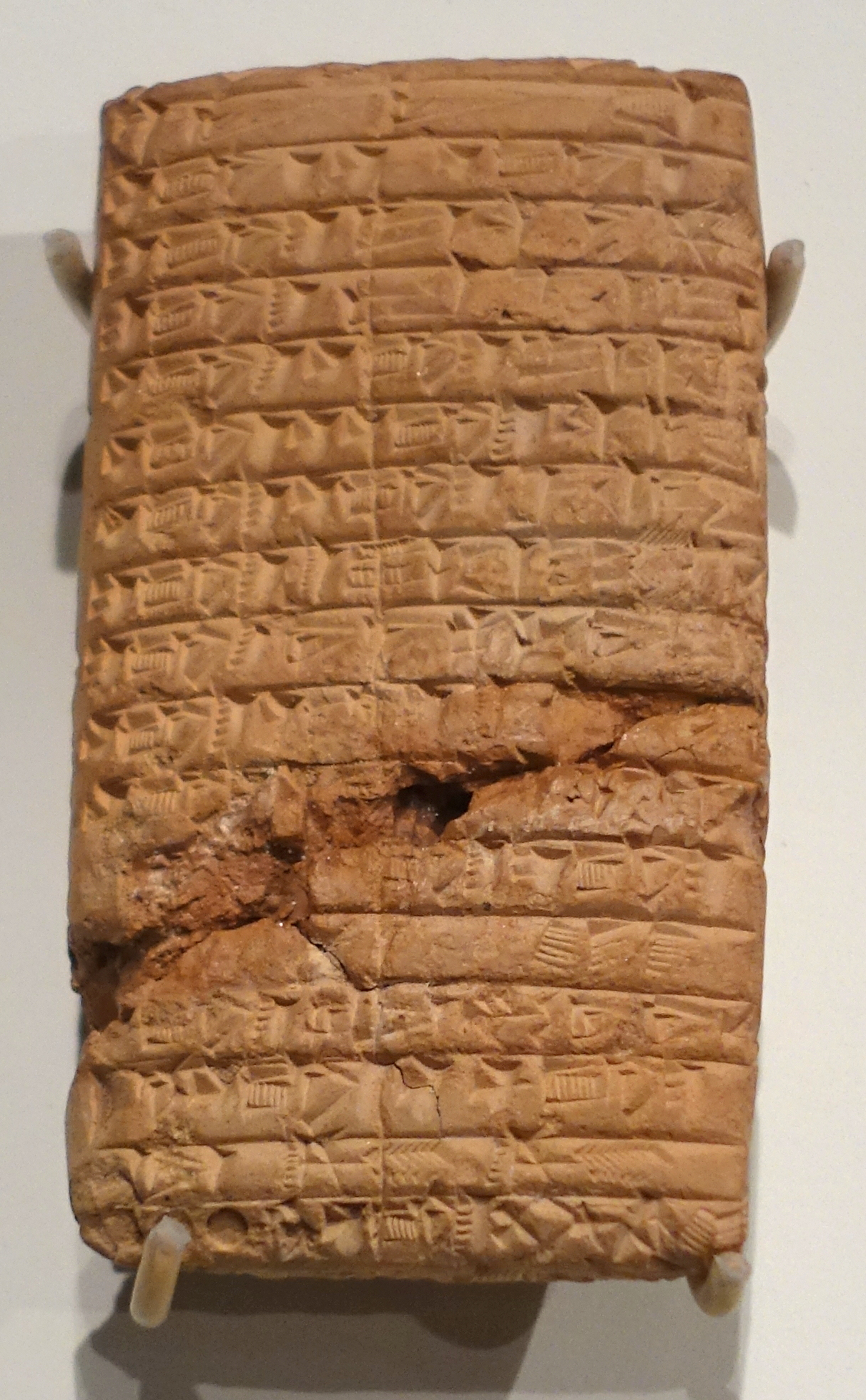
Akkadian, spoken by the Assyrians and Babylonians, succeeded Sumerian as the dominant language in Mesopotamia. It became the first Semitic language to be written in cuneiform. This language preserved important texts like the Epic of Gilgamesh. The Akkadian language connected different regions, from the Mediterranean to the Persian Gulf. It played a critical role in diplomacy and trade during the height of the Assyrian and Babylonian empires.
Elamite – Elamite Civilization
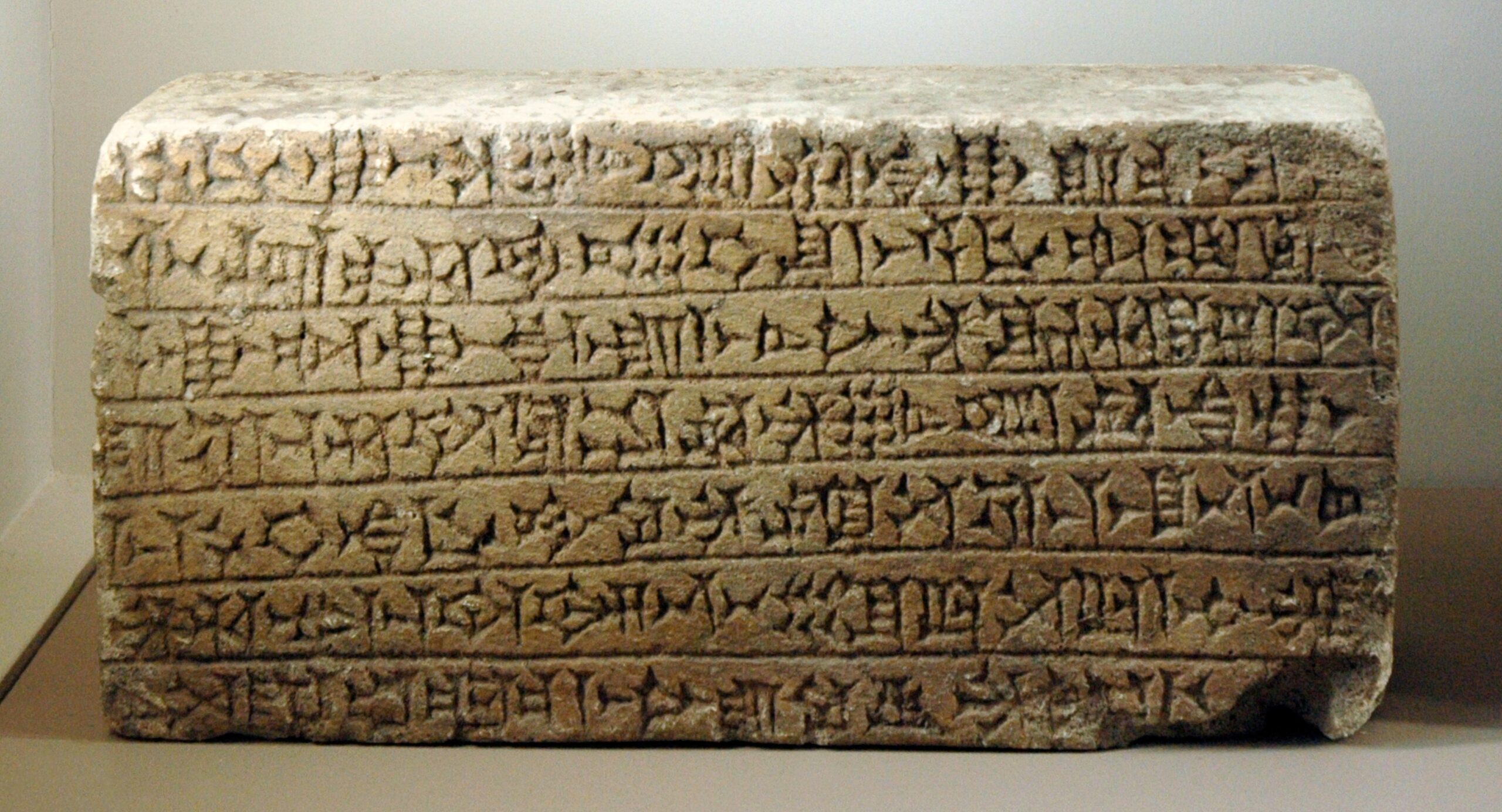
Elamite was spoken in the region of modern-day southwestern Iran. It served as the language of the Elamite civilization, which rivaled early Mesopotamian powers. The Elamites had their own unique script and cultural identity. They used the language to create records of treaties, laws, and religious practices. Despite being overshadowed by neighboring cultures, Elamite had a lasting influence on the region, especially through its ties to the Persian Empire.
Meroitic – Kingdom of Kush
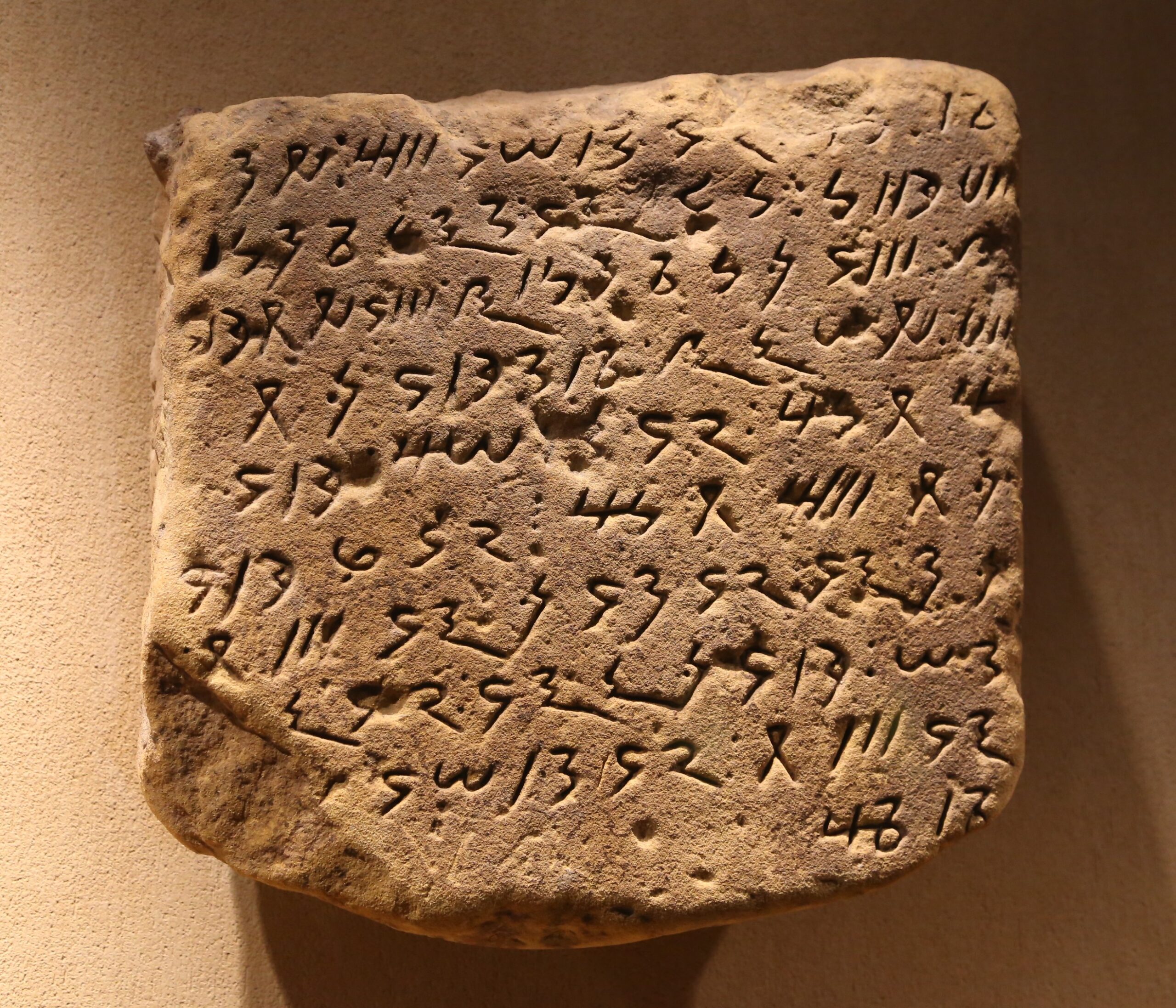
Meroitic was the language of the Kingdom of Kush, located south of ancient Egypt in Nubia. The Kushites developed their own script, influenced by Egyptian hieroglyphs but distinct. Meroitic was used for religious texts, royal inscriptions, and administrative records. Despite its extensive use, Meroitic remains only partially deciphered today. It reflects the rich cultural exchange between Kush and Egypt and highlights the unique identity of the Kushite civilization.
Phoenician – Phoenician Civilization
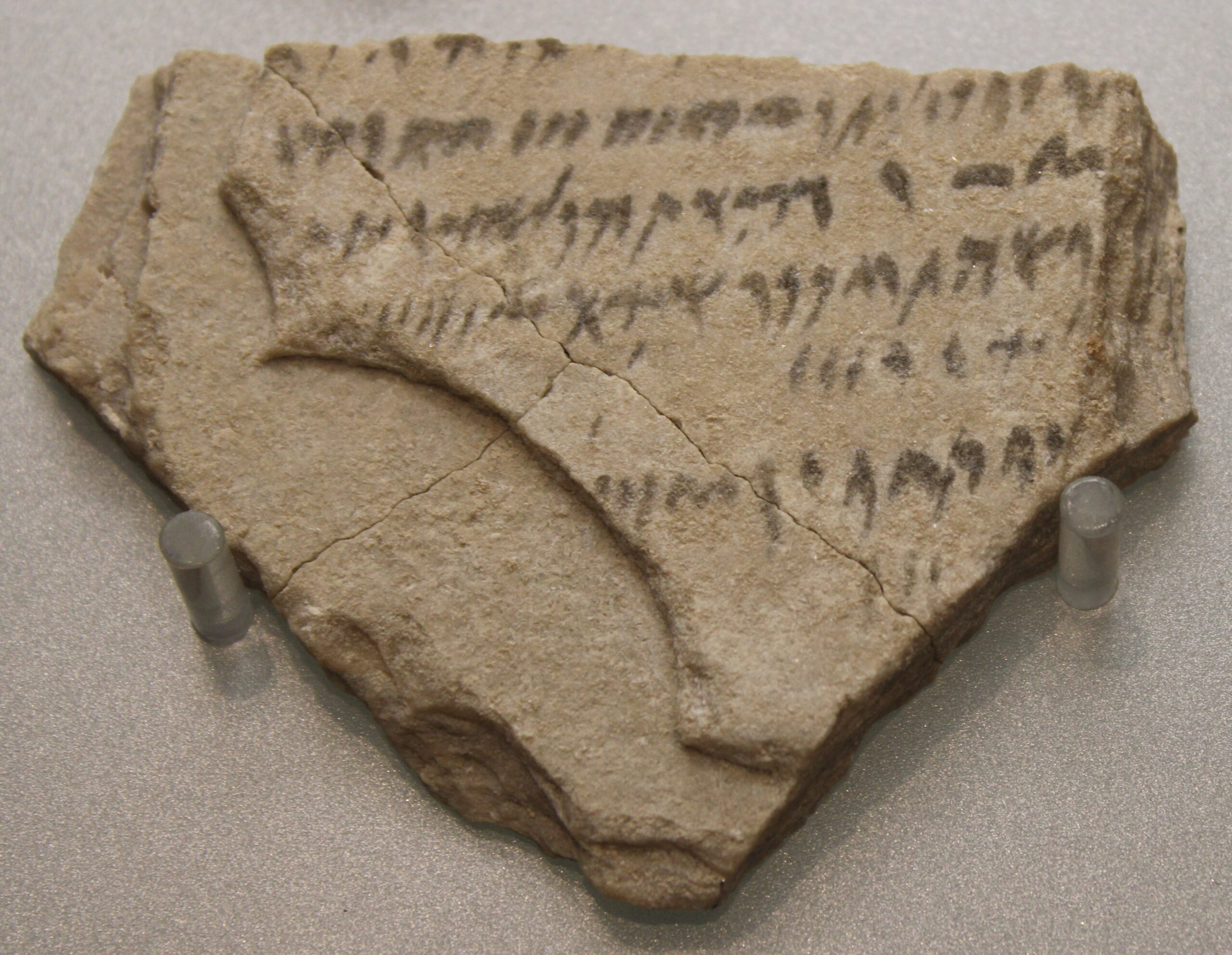
Phoenician was the language of the seafaring Phoenicians, who spread their culture across the Mediterranean. It is best known for being the foundation of many modern alphabets, including Greek and Latin. Phoenician traders carried their language as they established colonies like Carthage. Their script, written on stone tablets and metal, was simple but powerful. The language helped foster trade and cultural exchange between diverse regions.
Ugaritic – Kingdom of Ugarit

Ugaritic was spoken in the ancient city of Ugarit, located in modern-day Syria. This language was written in an alphabetic cuneiform script, making it easier to learn and use. Ugaritic texts include religious literature, treaties, and diplomatic correspondence. It played a significant role in connecting Ugarit with other cultures in the ancient Near East. Despite the city’s destruction, Ugaritic left a lasting imprint on the region’s languages and culture.
Hittite – Hittite Empire
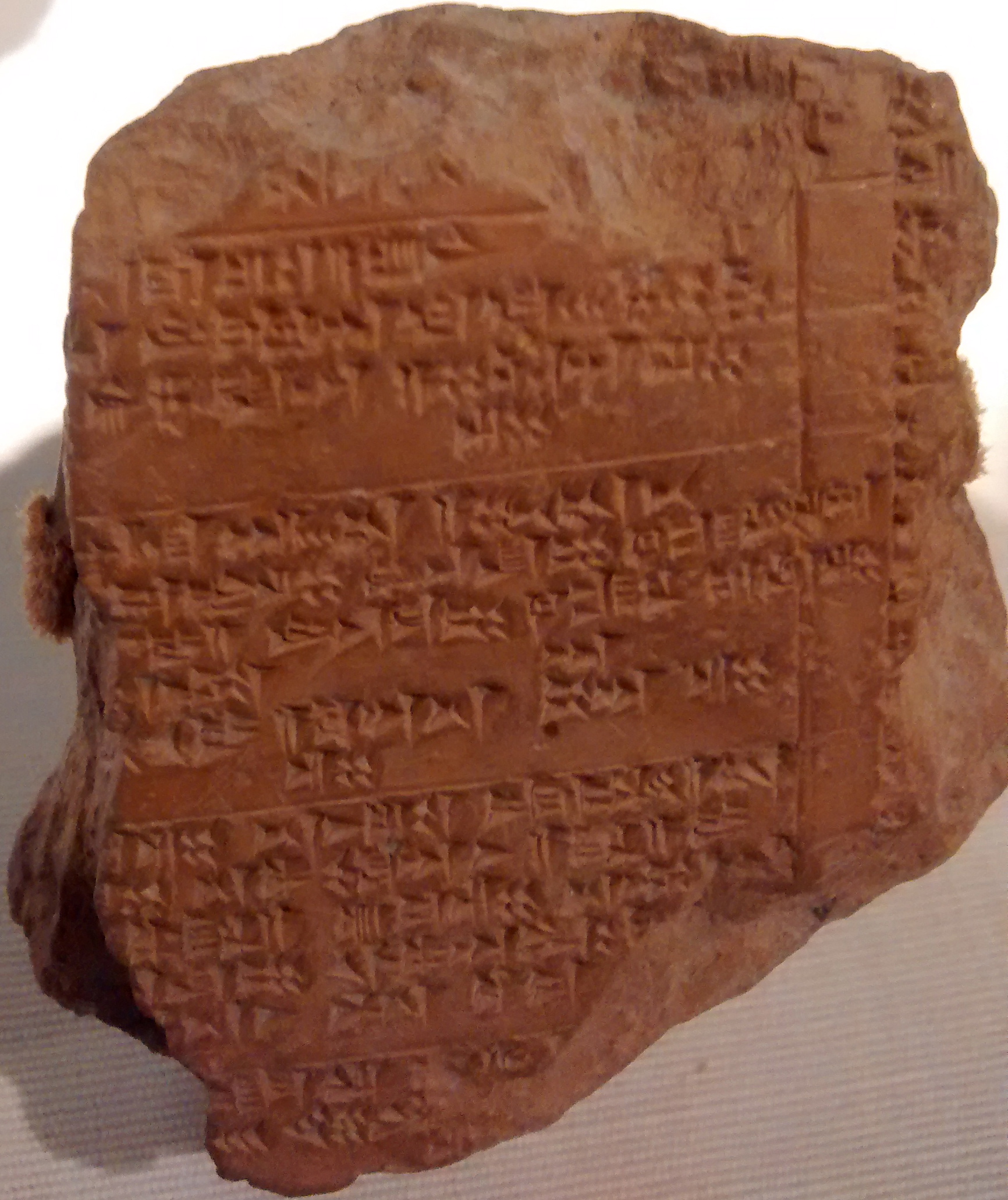
Hittite was spoken by the Hittite Empire, one of the great powers of the ancient Near East. This language used cuneiform writing, borrowed from the Mesopotamians. Hittite texts include treaties, laws, and religious rituals. These records reveal a highly organized society with strong military and diplomatic ties. The Hittite Empire’s influence stretched across Anatolia, Mesopotamia, and the Levant, and their language preserved their legacy.
Linear A – Minoan Civilization
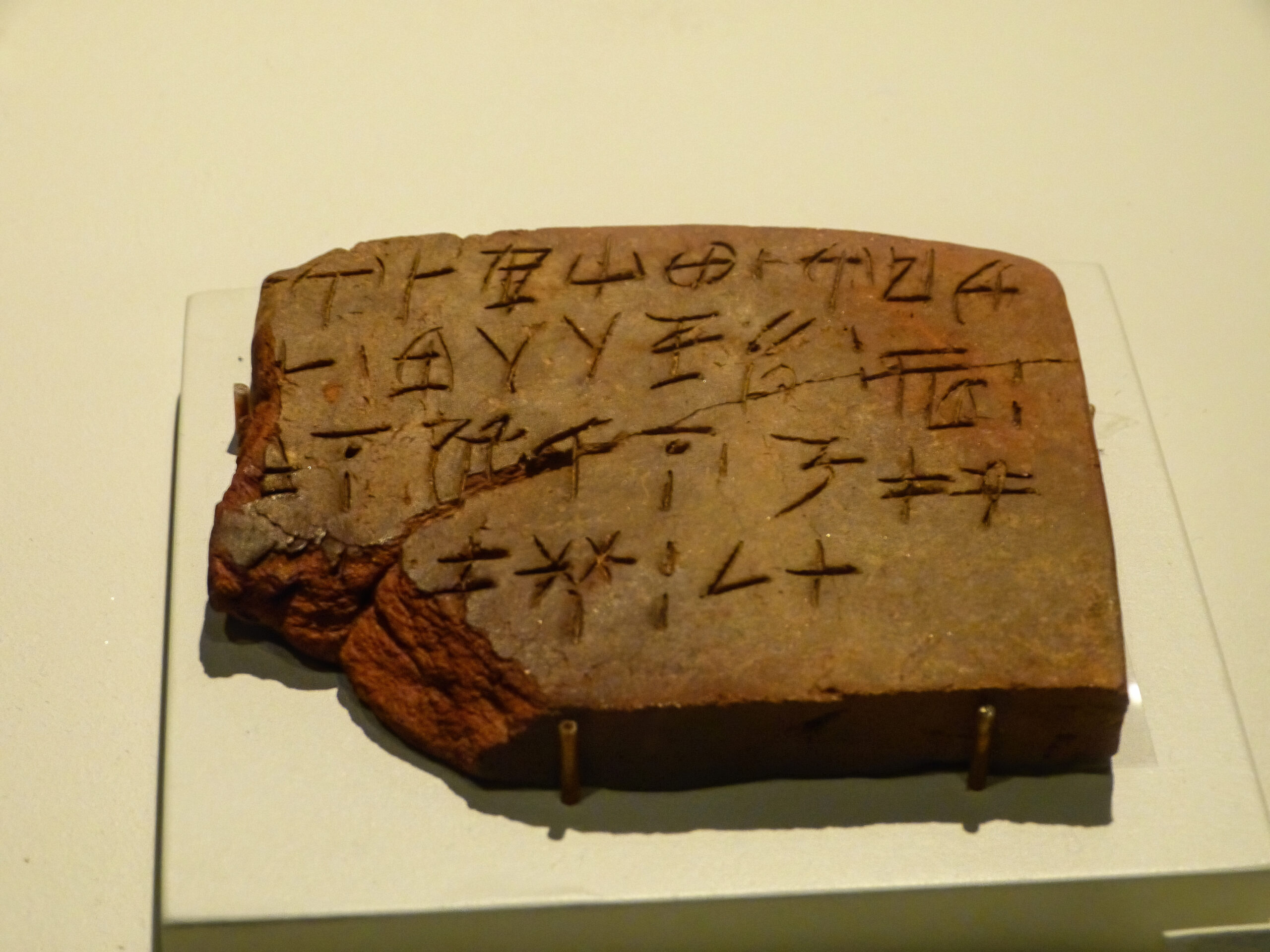
Linear A was the script of the Minoan civilization on Crete. It remains undeciphered, though it was used for administrative and religious purposes. The Minoans were an advanced society, known for their art, architecture, and trade networks. Linear A inscriptions are found on pottery, tablets, and religious objects. Though the language remains a mystery, its existence reveals the complexity of Minoan society.
Tocharian – Tocharians of Central Asia
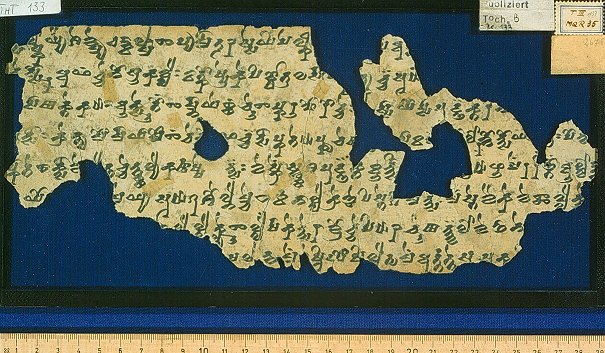
Tocharian was spoken by an ancient people in the Tarim Basin of modern-day China. Their language is known from manuscripts found along the Silk Road. Tocharian is unique as it belongs to the Indo-European family, unlike most Asian languages. The Tocharians were traders and interacted with many other cultures, including the Chinese and Indians. Their language reflects their important role in early transcontinental trade.
Coptic – Early Christian Egypt
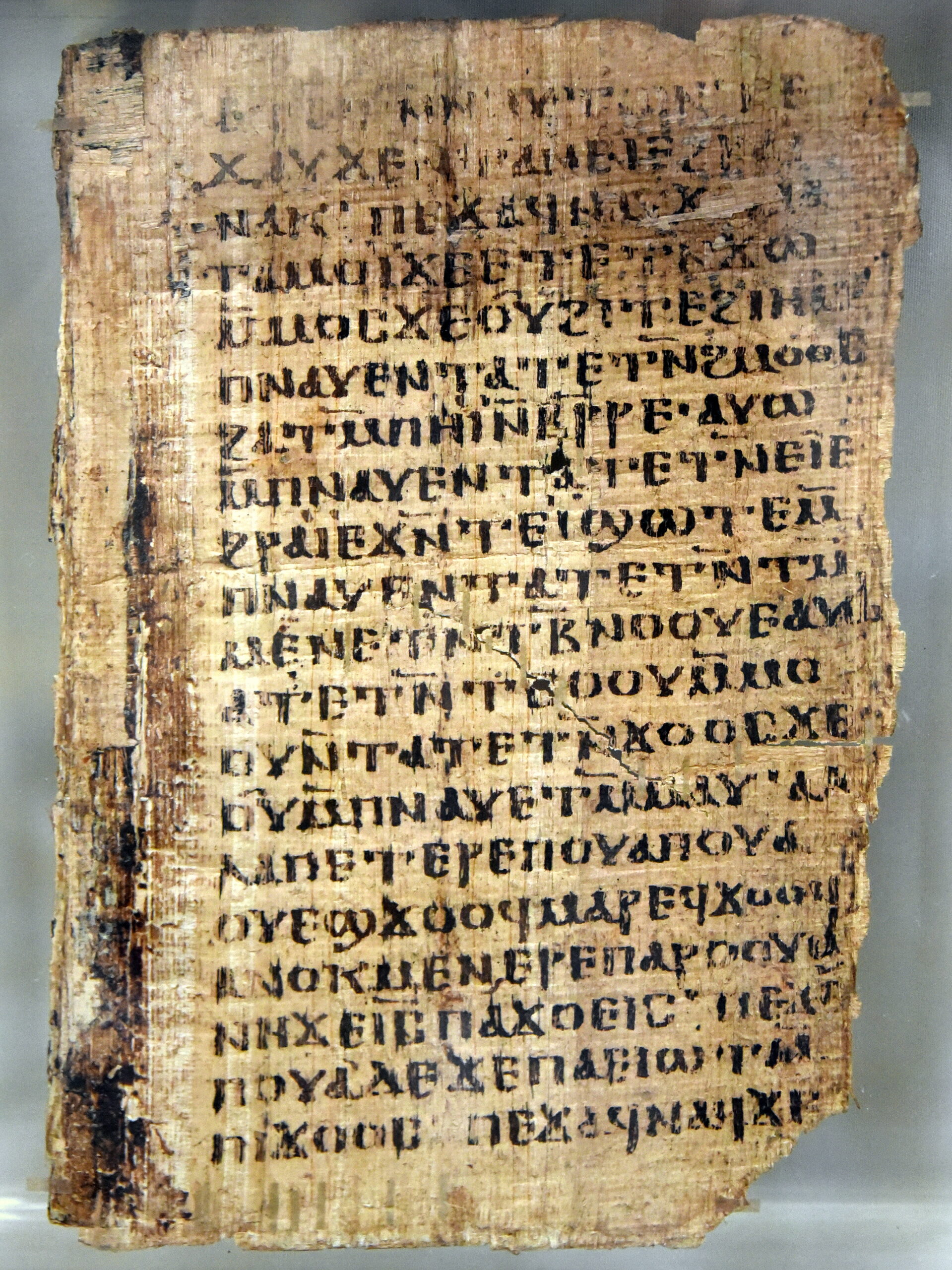
Coptic was the last stage of the Egyptian language, spoken in early Christian Egypt. It was used primarily in religious contexts, especially within the Coptic Orthodox Church. The Coptic script was based on the Greek alphabet with additional signs for Egyptian sounds. Though Arabic eventually replaced Coptic in daily life, the language survives in liturgical use. Coptic is a bridge between ancient Egypt and its Christian heritage.
This article originally appeared on Rarest.org.
More from Rarest.org
14 Coveted Unique Historical Artifacts from Royalty
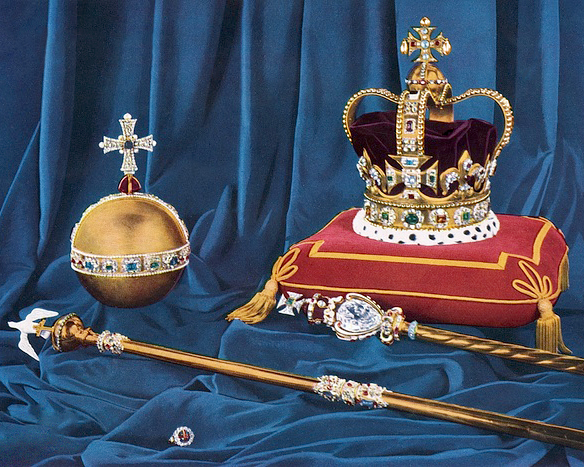
Royal treasures have always fascinated the world, representing both immense wealth and deep historical significance. Read More.
13 Unique Ecosystems Sustained by Unusual Plant Life

Unique ecosystems flourish around the world, sustained by rare and fascinating plant life. These environments often adapt to extreme conditions, creating a delicate balance that supports life in unexpected ways. Read More.
1989 Jefferson Nickel Value Guide
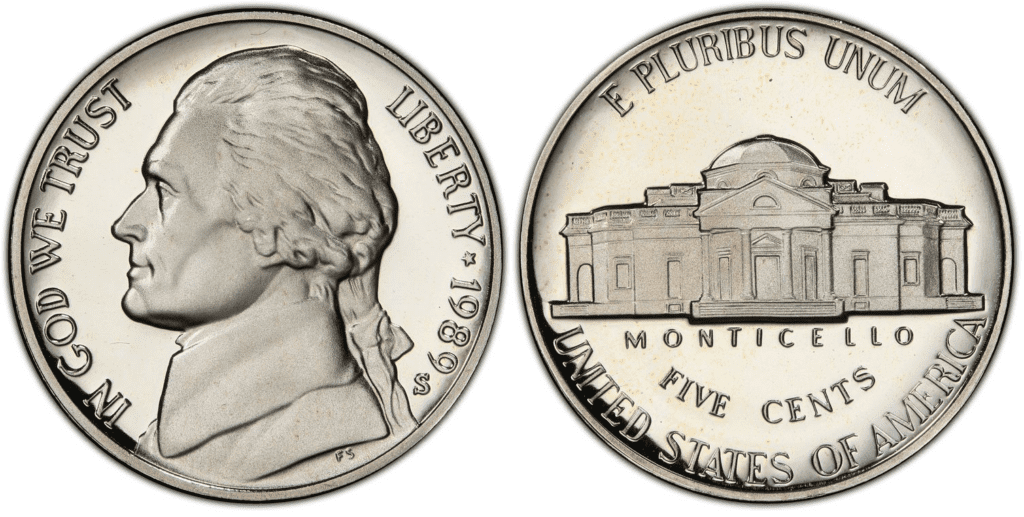
The 1989 Jefferson nickel is made of 25% nickel and 75% copper. However, from mid-1942 to 1945, war nickels were produced, which are made of 56% copper, 35% silver, and 9% manganese. Read More.
